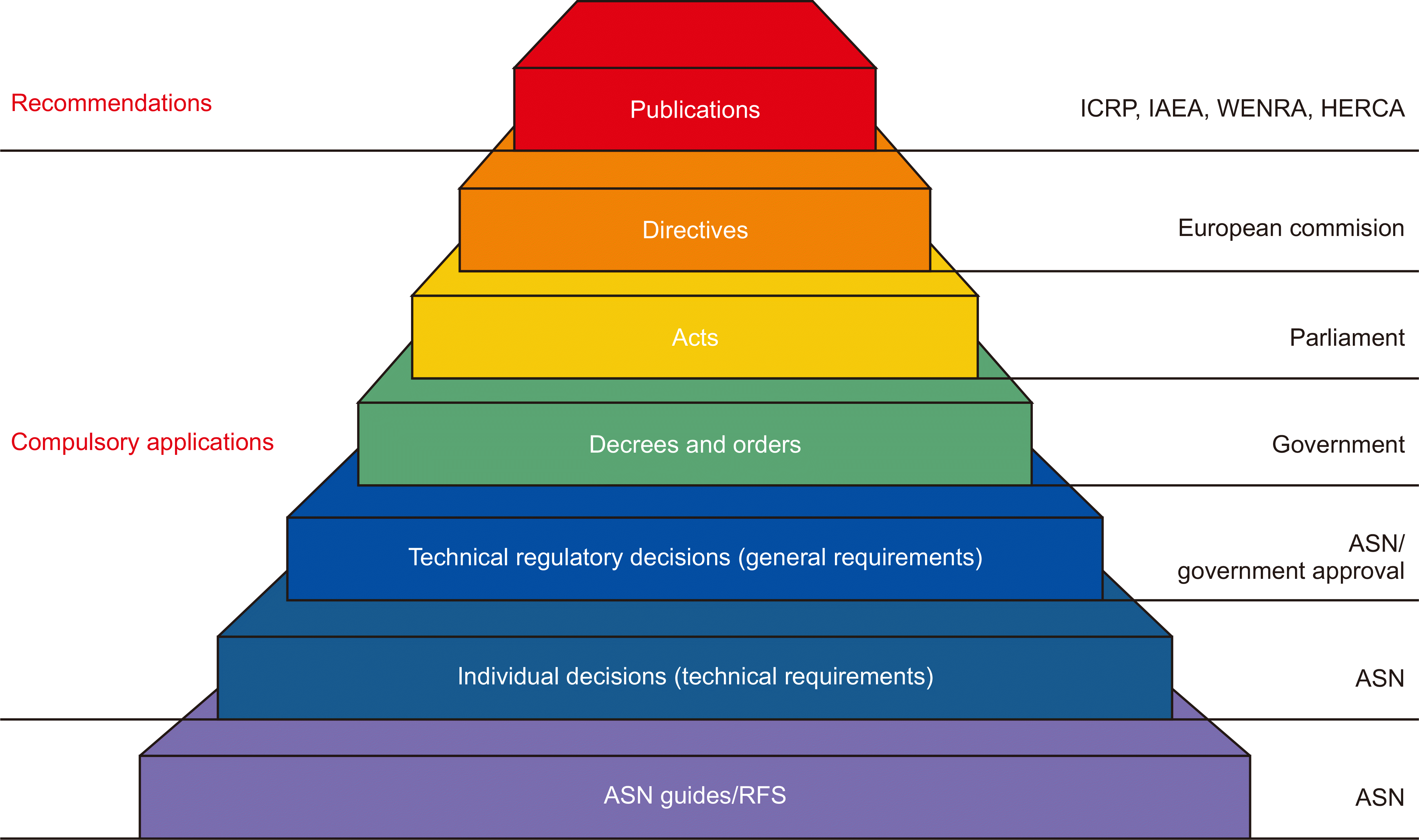1. Rim CH, Lee J, Kim WC, Yang D, Yoon WS, Koom WS, et al. 2018; A survey of radiation therapy utilization in Korea from 2010 to 2016: focusing on use of intensity-modulated radiation therapy. J Korean Med Sci. 33:e67. DOI:
10.3346/jkms.2018.33.e67. PMID:
29441739. PMCID:
PMC5811661.

2. Cakir A, Akgun Z, Fayda M, Agaoglu F. 2015; Comparison of three dimensional conformal radiation therapy, intensity modulated radiation therapy and volumetric modulated arc therapy for low radiation exposure of normal tissue in patients with prostate cancer. Asian Pac J Cancer Prev. 16:3365–3370. DOI:
10.7314/APJCP.2015.16.8.3365. PMID:
25921146.

3. Mutic S, Low DA, Klein EE, Dempsey JF, Purdy JA. 2001; Room shielding for intensity-modulated radiation therapy treatment facilities. Int J Radiat Oncol Biol Phys. 50:239–246. DOI:
10.1016/S0360-3016(01)01463-8. PMID:
11316569.

4. Nuclear Safety and Security Commission. 2020. Enforcement decree of the nuclear safety act. Nuclear Safety and Security Commission;Seoul:
5. Nuclear Safety Authority: Regulations. 2013. Nuclear safety and radiation protection in France in 2012. Nuclear Safety Authority;Montrouge:
6. International Commission on Radiological Protection. 1959. Radiation protection; recommendations: adopted September 9, 1958. Pergamon;London:
7. International Commission on Radiological Protection. 1966. ICRP publication 9. ICRP publication 9. Pergamon;London:
8. International Commission on Radiological Protection. 1977. ICRP publication 9. ICRP publication 26. Pergamon;London:
9. International Commission on Radiological Protection. 1990. ICRP publication 9. ICRP publication 60. Pergamon;London:
10. International Commission on Radiological Protection. 2007. ICRP publication 9. ICRP publication 103. Pergamon;London:
11. National Council on Radiation Protection and Measurements. 1976. Structural shielding design and evaluation for medical use of X rays and Gamma rays of energies up to 10 MeV. NCRP Report. NCRP;Bethesda: 49.
12. National Council on Radiation Protection and Measurements. 1978. Radiation protection design guidelines for 0.1 to 100 MeV particle accelerator facilities. NCRP Report. NCRP;Bethesda:
13. National Council on Radiation Protection and Measurements. Neutron contamination from medical electron accelerators. NCRP Report. NCRP;Bethesda:
14. National Council on Radiation Protection and Measurements. Radiation protection for particle accelerator facilities. NCRP Report. NCRP;Bethesda:
15. National Council on Radiation Protection and Measurements. Structural shielding design and evaluation for megavoltage X- and Gamma-ray radiotherapy facilities. NCRP Report. NCRP;Bethesda:
16. International Atomic Energy Agency. 2006. Radiation protection in the design of radiotherapy facilities. IAEA;Vienna:
17. International Organization for Standardization. 2016. Radiological protection- medical electron accelerators- requirements and recommendations for shielding design and evaluation. IOS;Geneva:
18. Horton P, Eaton D. 2017. IPEM report 75. Design and shielding of radiotherapy treatment facilities. IOP Publishing;Bristol: DOI:
10.1088/978-0-7503-1440-4.
19. Nuclear Safety and Security Commission. 2019. No. 2019-21. Radiation safety report guidelines, etc. Nuclear Safety and Security Commission;Seoul:
20. Nuclear Safety and Security Commission. 2019. No. 2019-10. Standards for radiation protection, etc. Nuclear Safety and Security Commission;Seoul:
21. Nuclear Safety and Security Commission. 2019. Enforcement regulation of the nuclear safety act. Nuclear Safety and Security Commission;Seoul:
22. The Council of the European Union. 2013. Council Directive 2013/59/euratom. Official Journal of the European Union.






 PDF
PDF Citation
Citation Print
Print



 XML Download
XML Download